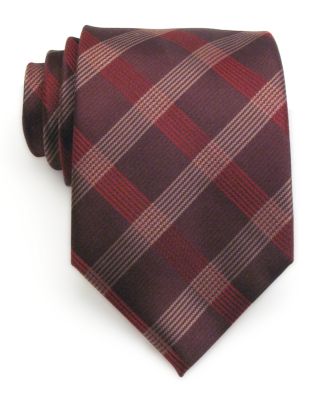Examples include the widespread use of Myspace profiles for Political Campaigns, blogs by business leaders, and inter-company Wiki's. This month's issue of Fast Company showcases a number of web-oriented political hacks, and the articles are available for free on their website under the Fast Talk heading.
While it may seem like a way to get some extra street cred, one of the worst things you can do as a business is invest time and money in technology with the intent to only make you look better. This will hamper your own productivity, and make you look even less relevant to the younger generation of consumers.
If you want to make a splash with technology, INC magazine has some options for Voicemail innovation. If you do decide to get on-board with this technology, a word of warning:
-Beta generation technology has been proven to work in the beginning stages, and is in the process of having the bugs ironed out. This means that while you can and should use Beta-generation technology, you should never put all your business critical needs into it until it has passed your expectations over a period of time.
If you can make this happen, the advantages can be great. Getting on-board during a Beta-generation of a product/service for your business allows you to understand and make use of technology that your competitors may just be considering the use of.
And even better, your Web 2.0 vendors/developers may be willing to work with you as a partner to iron out bugs specific to your business, in exchange for using the Beta version of the product. This will put you in the place of an expert and innovator should the product pan out. It will also leave you high and dry if it doesn't.
If all this talk makes you rethink the value of new technology, here's an easy out. Hop on board with the latest web trend, and subscribe to the Feed for Lolcats!







